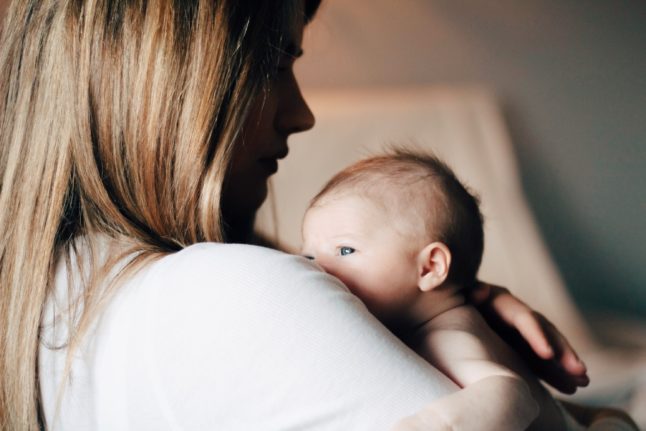The phenomenon is worldwide; as medical advances happen, more women who don’t have a partner but want to have a child or children are able to fulfil that dream. If they have the means to do it, many go through the path of pregnancy via IVF or search for a child in the adoption system.
However, both paths can be very different depending on which country you check. In the UK and the US, for example, a single woman can find a sperm donor and get pregnant fairly quickly – in the UK, the process is covered by the NHS even. Adoption is a more bureaucratic process, but theoretically, it is an option for single women who want to have babies.
In Austria, though, things are much different. Traditionally, Austria has always been a very conservative country with strong Catholic roots, and a lot of emphasis is placed on nuclear families.
The IVF path in Austria
Austria has strict rules on medically assisted reproduction, something it defines as “medical methods used to induce pregnancy by means other than sexual intercourse”. It means that single people are not allowed to have medically assisted reproduction in Austria.
According to the government, assisted reproduction is only allowed if all other possible treatments to achieve a pregnancy through sexual intercourse have been unsuccessful if sexual intercourse to induce pregnancy is not reasonable, or if pregnancy is to be induced in one of two women living together.
READ ALSO: Four things you should know if you’re going to give birth in Austria
The law states that a person can remove and store semen and eggs even if they are not in a marriage, registered partnership or cohabitation, but that “the subsequent performance of medically assisted reproduction (…) requires, among other things, the existence of a valid marriage, registered partnership or cohabitation”.
It’s not only single women who are denied (biological) motherhood. Gay men also cannot have biological children, as surrogacy is prohibited in Austria.
Other rules also make the process more bureaucratic, even for couples. For example, in principle, only the eggs and sperm of the partners may be used for medically assisted reproduction.
The semen of a third person can only be used if the partner is not capable of reproduction or if the procedure is carried out in a same-sex partnership. Eggs of a third person can only be used if those of the person to become pregnant aren’t viable for medical reasons. Additionally, the egg recipient must be under 45 years old at the time of the start of the treatment.
Additionally, egg donors need to be between 18 and 30 years old. Semen can be donated by men over 18 years old, but there is no age limit.
READ ALSO: EXPLAINED: What you need to know about parental leave in Austria
What about adoption?
Adoption is a complicated process in almost every country – it is a difficult balance between trying to unite children to loving parents as early as possible and making sure that children in the system go to good and thoroughly vetted families.
In Austria, single women can “in principle” adopt alone. Still, local media has shown how hard it can be, especially since there is great interest in adoption and long waiting lines.
In practice, married couples are given preference when selecting suitable parents for an adoptive child, as Helena Planicka, Managing Director of the association “Eltern für Kinder Österreich” (“Parents for Children Austria”), told Austrian media.
READ ALSO: Austria declares ban on gay adoption illegal
Additionally, while federal requirements state adoptive parents must be at least 25 years old but set no maximum age, some state agencies do or add general statements such as ” care is taken to ensure that the age of the adopter corresponds to a natural parent-child relationship”. In the Graz area, adoptive parents must not be over the age of 46, as the CIty’s Department for Family and Youth told Der Standard.
For single women, the barriers, particularly in a country with many couples seeking to adopt children, could be just too high.



 Please whitelist us to continue reading.
Please whitelist us to continue reading.
Member comments